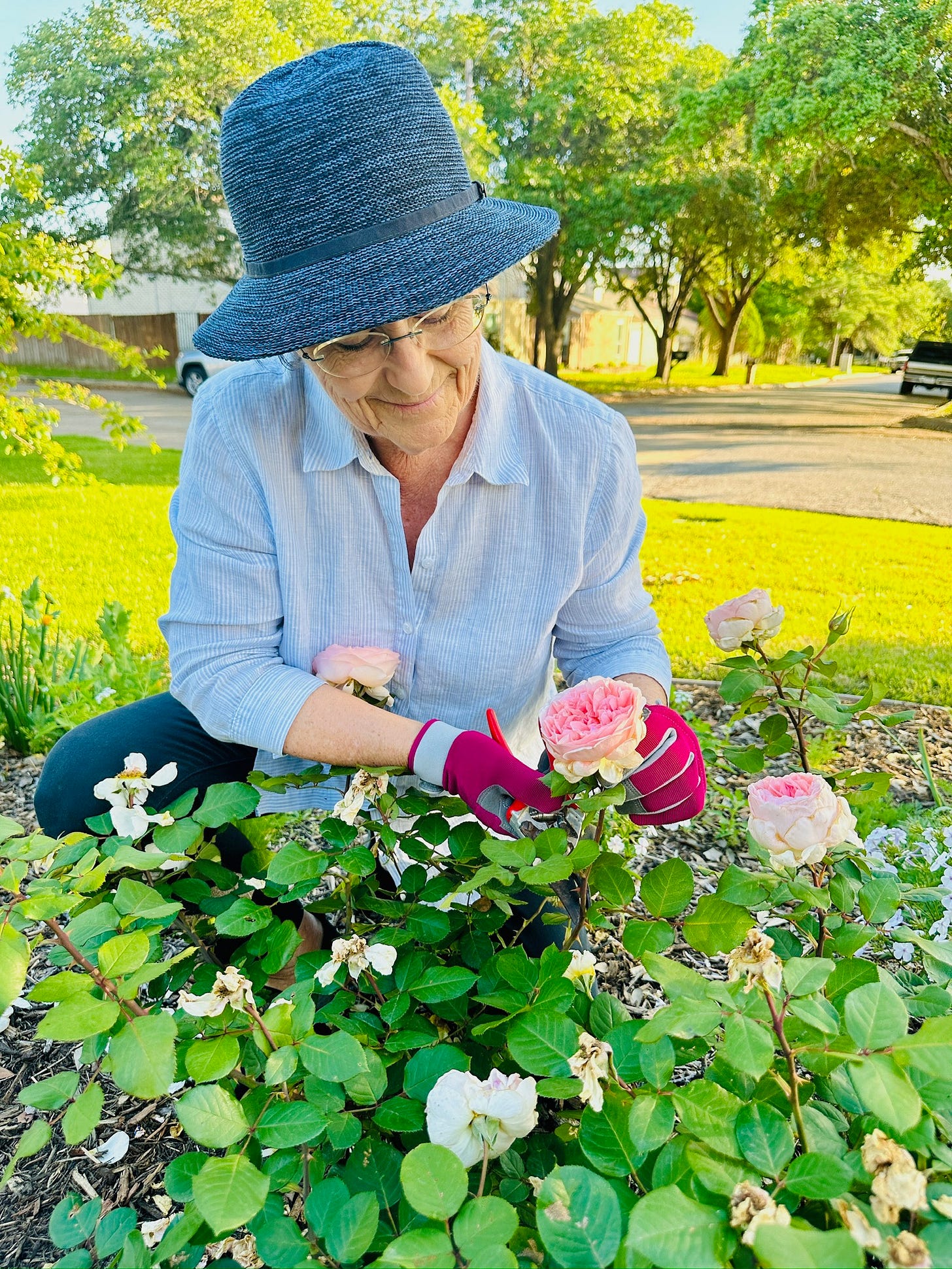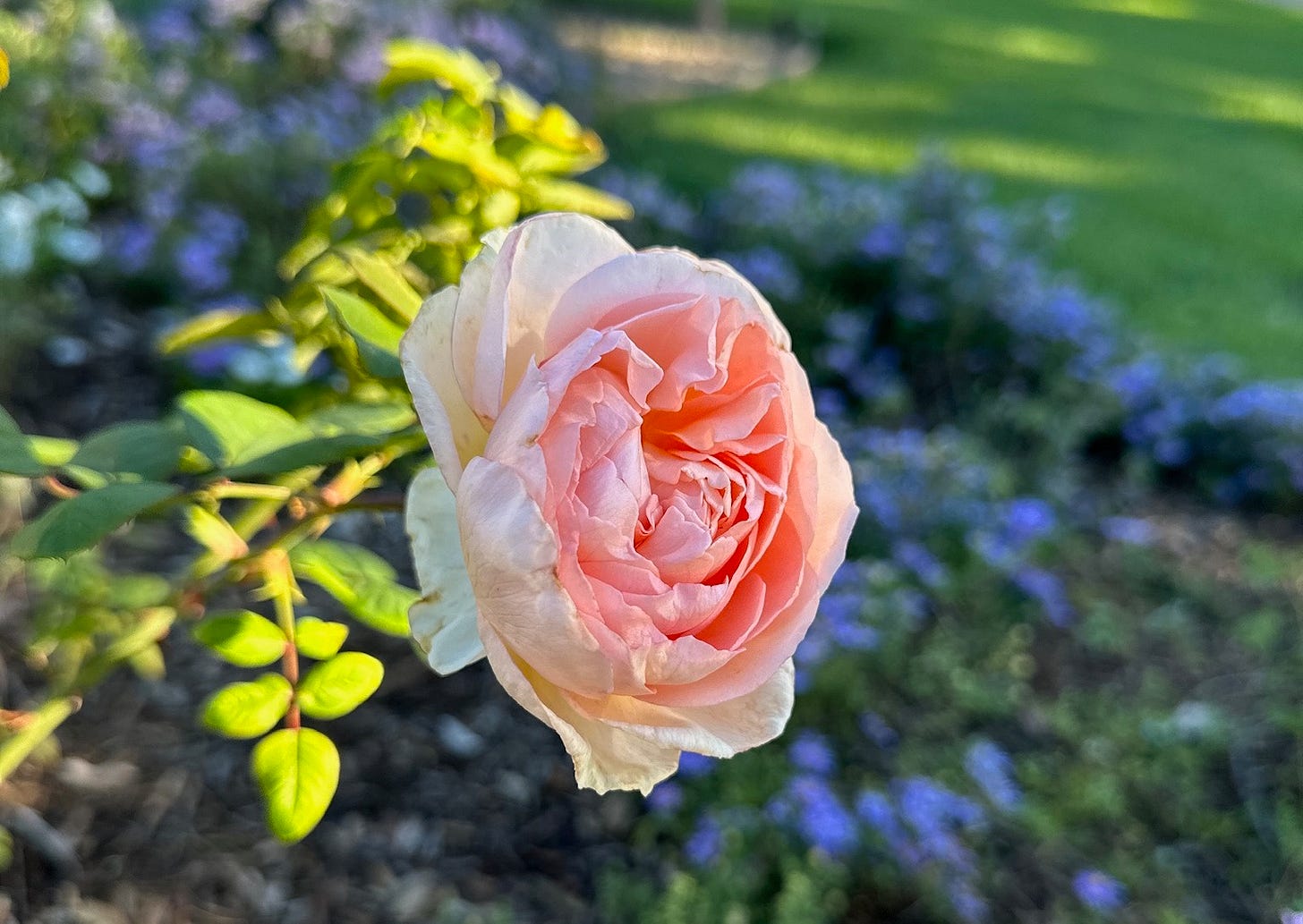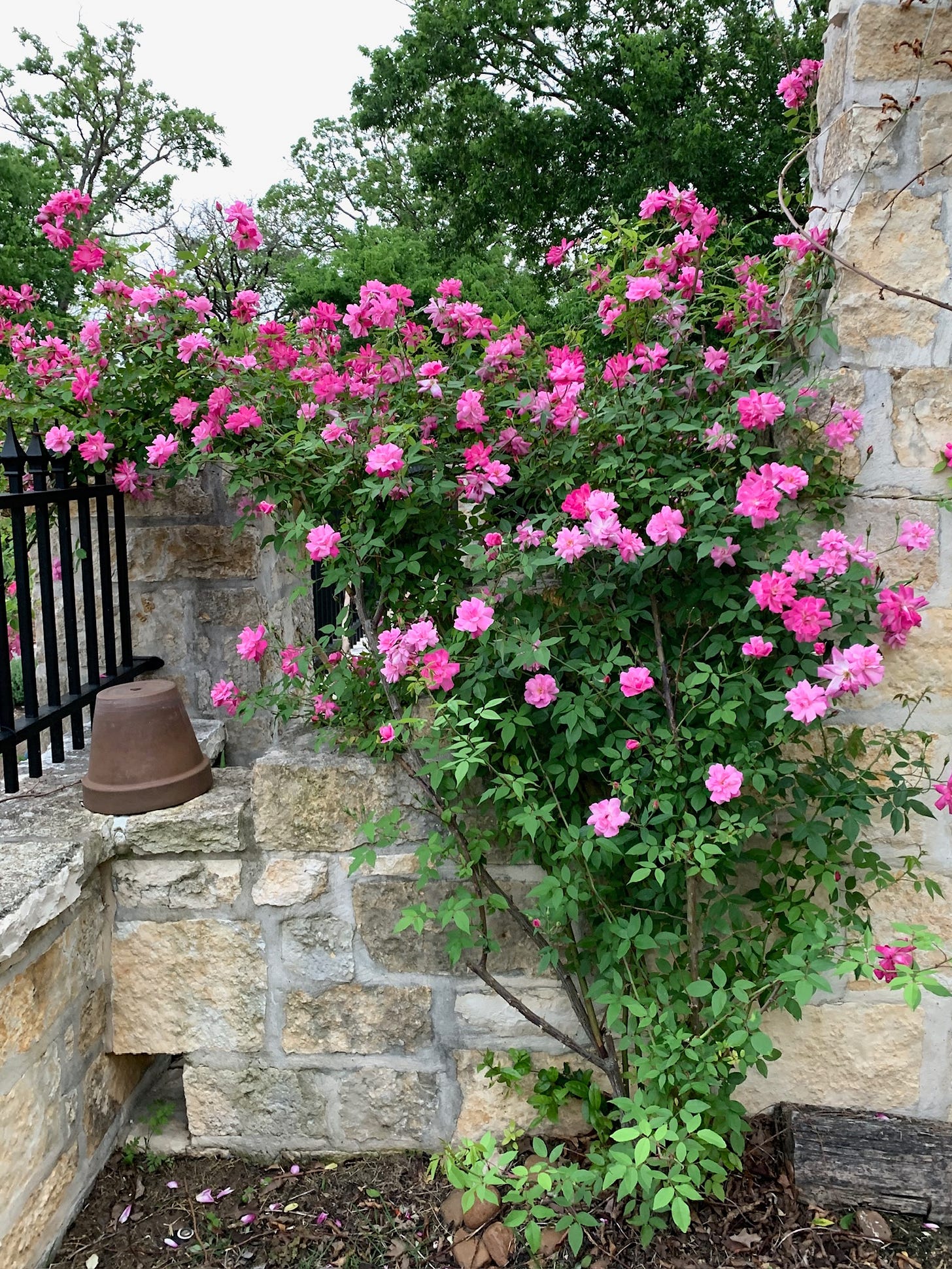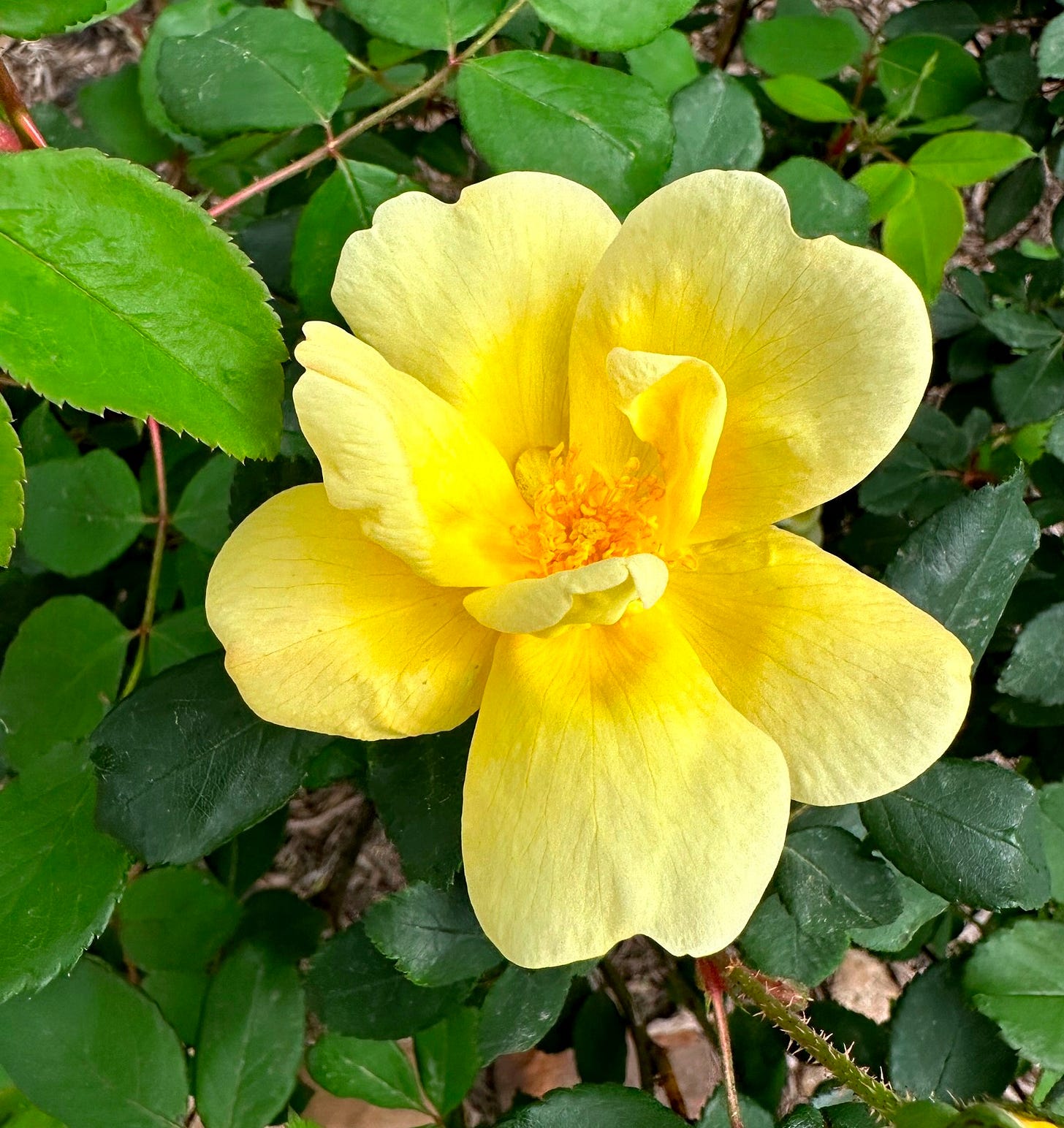Prune with Love: A Winter Rose Pruning Guide
Essential Tips for When and How to Prune Your Roses for Healthy, Beautiful Blooms
Roses are a garden favorite—but if you want yours to bloom beautifully year after year, a little love (and proper pruning) goes a long way! February is the best time to prune roses in many regions, giving them a fresh start before the growing season. This rose pruning guide breaks down the basics, so you can enjoy a garden full of thriving, healthy blooms. 🌹
When is the Best Time to Prune Roses?
February pruning sets the stage for healthy, vigorous roses in warm regions, while in colder areas, early spring pruning is best—just as buds begin to emerge.
If pruning roses makes you a little nervous, you’re not alone. I’ve heard many gardeners express worry about “doing it wrong”—and honestly, I used to feel the same way. But here’s what I’ve learned over the years: pruning is always better than not pruning, and even if it’s not perfect, your roses will recover and flourish.
My friend, Mike Shoup founder of the Antique Rose Emporium, likes to compare a “bad pruning job” to a bad haircut—it always grows back! So, take a deep breath, grab your rose pruning tools, and let’s get started.
Essential Tools for Pruning Roses ✂️
Before you begin, make sure you have these must-have rose pruning tools:
✔️ Rose gloves – Protect your hands and arms from thorns with these long, durable leather gloves.
✔️ Hand pruners – Ideal for precise cuts on smaller stems. I swear by my Felcos.
✔️ Long-handle loppers – Perfect for tackling thicker canes, my favorites are these with extendable handles for added reach!
Pro Tip: Always use sharp, clean pruners for the best results. And if you’re pruning multiple roses, sanitize your pruners between plants to prevent the spread of disease. A quick dip in rubbing alcohol or a bleach solution works wonders!
How to Prune Roses: 2 Simple Steps
No matter the type of rose, following these two basic pruning steps will set you up for success:
1. Remove the 3 D’s: Dead, Diseased, and Damaged Wood
Cut out any dead, weak, or crossing branches.
Thin out pencil-sized stems that don’t contribute to a strong structure.
2. Cut Back the Stems
Make pruning cuts just above an outward-facing bud to encourage open growth and air circulation, which helps prevent disease.
Pruning Techniques for Different Rose Type ✂️🌹
If you're unsure of the type rose you have, search the rose variety name.
Hybrid Tea, Grandiflora, and Floribunda Roses
These traditional, showy roses require annual pruning to encourage new growth and larger blooms.
Open the center of the bush by removing weak or crossing branches
Floribundas can keep smaller pencil-sized stems for a fuller display.
How much to cut back?
Cut remaining canes to 2-3 feet, depending on plant vigor.
Taller cultivars can be left at 3-4 feet to maintain structure.
If you're unsure, look up your rose variety to see its average mature size.
Shrub Roses (e.g., Knockout Roses)
Shape naturally, avoiding a “squared-off” look.
Remove 1/3 to 1/2 of the overall plant growth in late winter or early spring.
Climbing & Rambler Roses
Remove dead stems and older canes.
For ramblers, wait until after flowering for major pruning, since they bloom on last year's growth.
For Climbers, side shoots can be pruned back a few inches, and 1-2 of the lowest, old canes.
Miniature, Drift, and Groundcover Roses
A light shearing and dead stem removal will keep them thriving.
Antique Roses (Chinas, Polyanthas, Teas)
These hardy, shrubby roses need only light shaping.
A little thinning encourages more blooms, but excessive pruning isn’t necessary since they bloom best as bushy plants.
Feeling overwhelmed? Keep it Simple!
If all else fails, just give your roses a light shearing. It may not win a rose show, but it’ll still encourage beautiful, healthy blooms!
A Love for Roses ❤️
Roses have a way of bringing back cherished memories. The Peace roses in my Bammy’s garden—my daddy’s mother—were unforgettable. I can still see her arranging them in fruit jars wrapped in tinfoil, sharing bouquets with neighbors and her church.
My parents grew many beautiful roses, particularly red varieties and I remember my dad cutting roses to present to my mom. I can still picture them, smiling in the kitchen, enjoying their homegrown blooms.
Roses aren’t just flowers—they're part of our stories. And with a little care (and the right pruning techniques), they’ll continue to bloom and bring joy for years to come.
More Rose Wisdom & Resources
Need rose pruning inspiration? I’ve learned so much from my friends Bill Welch and Greg Grant, authors of The Rose Rustlers—a fascinating book about a group of plant lovers who hunted for rare and antique roses to preserve their legacy. It’s just a must-read for any rose enthusiast! Find it here.
More Rose Care Tips:
✔️ Know your USDA growing zone (Check yours here).
✔️ Roses love well-draining soil—avoid heavy clay.
✔️ Plant in full sun (at least 6 hours daily).
✔️ Water deeply but not too often to encourage strong root growth.
✔️ Fertilize in early spring (and in fall for warm climates).
✔️ Watch for pests and diseases, and address them early.
With these simple rose pruning techniques and care tips, your roses will flourish and reward you with abundant, beautiful blooms.
Happy pruning friends!
As an Amazon Associate, I earn from qualifying purchases. This email may contain other affiliate links too for your convenience














So beautiful! I had roses at both of our homes in Colorado and enjoyed them so much. I miss having them and hope to have them again some day.